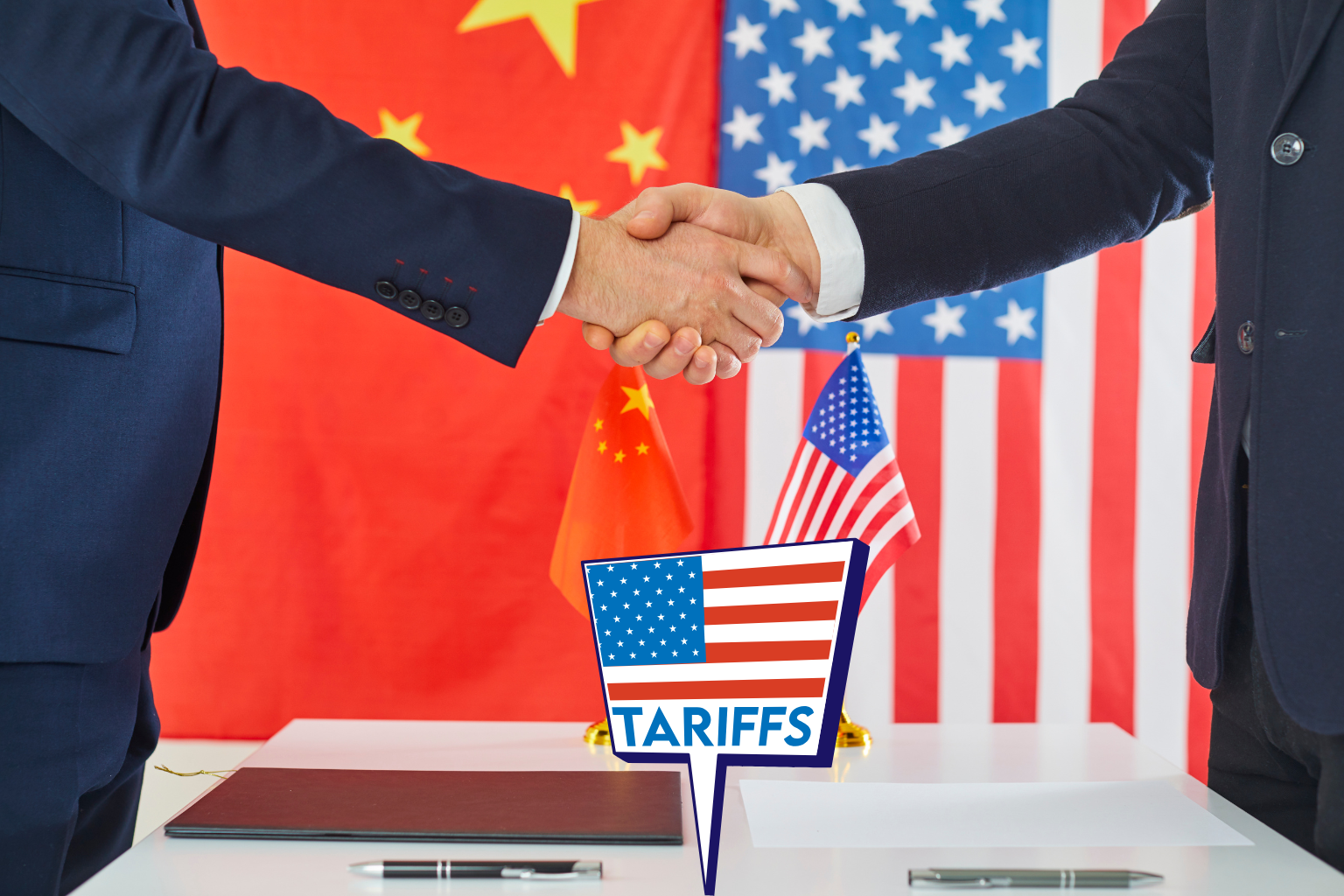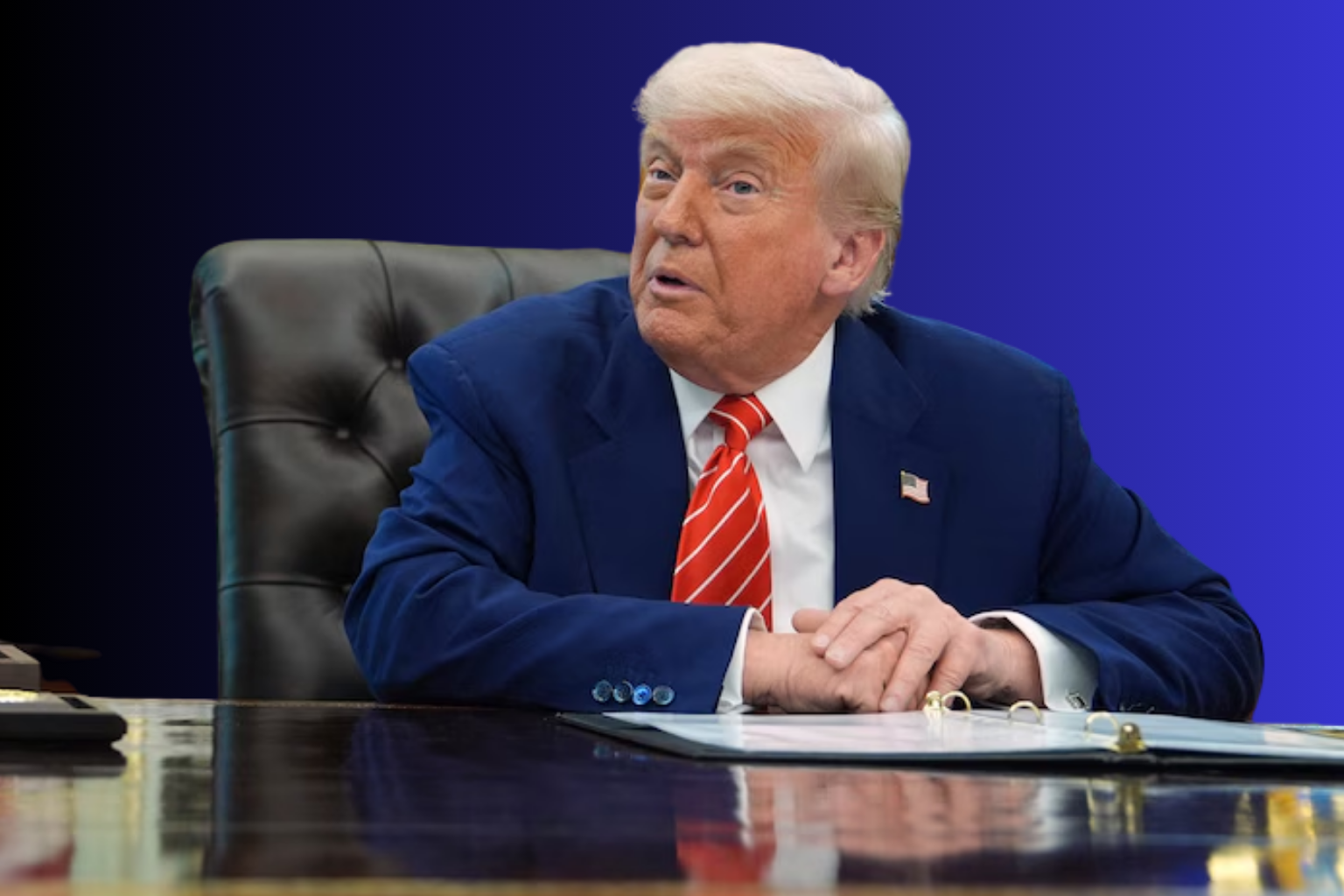US and EU Reach Historic Tariff Agreement to Avoid Economic Fallout

In a high-stakes meeting at President Donald Trump’s Turnberry golf course in Scotland, the United States and the European Union have reached a sweeping trade agreement that averts the threat of severe tariff hikes. The breakthrough came just days before a looming U.S. deadline to impose 30% tariffs on European imports, which many feared could rattle the global economy.
A Deal Months in the Making
The agreement, described by both sides as “across the board,” sets a flat 15% tariff on the majority of goods traded between the two economic giants. This compromise came after months of intense negotiations and was finalized during a brief private meeting between President Trump and European Commission President Ursula von der Leyen.
President Trump hailed the agreement as a win for both sides, calling it a “giant deal with lots of countries” and “a good deal for everybody.” Von der Leyen echoed his optimism, saying the deal would bring “stability and predictability,” which are crucial for businesses on both sides of the Atlantic.
Energy, Defense, and Market Access
According to Trump, as part of the deal, the EU has agreed to purchase $750 billion worth of American energy over the next three years. Additionally, the bloc plans to invest another $600 billion in the U.S. economy and make a significant purchase of American military equipment. These commitments are expected to strengthen energy ties and reduce the EU’s reliance on Russian gas.
Trump emphasized that all automotive and other exports would now face a consistent 15% tariff, which he believes opens up the entire European market to American exporters. Von der Leyen clarified that while the 15% rate applies broadly, certain strategic goods—such as aircraft and their components, specific chemicals, generic medicines, and agricultural products—will be exempt from any tariffs under a “zero for zero” policy.
More Products Could Be Added to Exemption List
Von der Leyen also noted that while this framework is now in place, both sides will continue discussions to potentially add more products to the zero-tariff list. She acknowledged that some technical details still need to be ironed out in the coming weeks.
“Fifteen percent is a clear ceiling,” she explained, reinforcing that this rate would cover most EU exports to the U.S., including cars, semiconductors, and pharmaceuticals. She did not specify whether alcohol would be included in the exempted category.
EU Approval Still Required
Although the European Commission handled the negotiations on behalf of the EU’s 27 member countries, the deal still needs formal approval from both member states and the European Parliament. Until then, the agreement remains a framework awaiting ratification.
Trump’s Trade Approach Pays Off—For Now
President Trump has long criticized what he viewed as unfair trade practices and has used tariff threats to pressure other nations into negotiating better deals. The EU was no exception. Without this agreement, the U.S. had been prepared to enforce 30% tariffs starting August 1. The EU had prepared its own list of retaliatory tariffs targeting American goods such as beef, cars, beer, and aircraft parts.
U.S. Commerce Secretary Howard Lutnick had made it clear before the agreement was announced that there would be no delays. “No extensions, no more grace periods,” he said. However, he also hinted that President Trump is always open to listening, a stance that may have helped keep negotiations alive until the last moment.
Golf and Diplomacy Collide
The breakthrough arrangement occurred during Trump’s golf and real estate-focused vacation to Scotland. Trump golfed with his sons Eric and Donald Jr. before and after his von der Leyen meeting. The political emphasis of the visit drew supporters and opponents to the golf course.
Trump is slated to unveil a new golf club in Aberdeen during his tour of Scotland. Political observers are closely watching this new trade pact and if it will change transatlantic economic relations.




